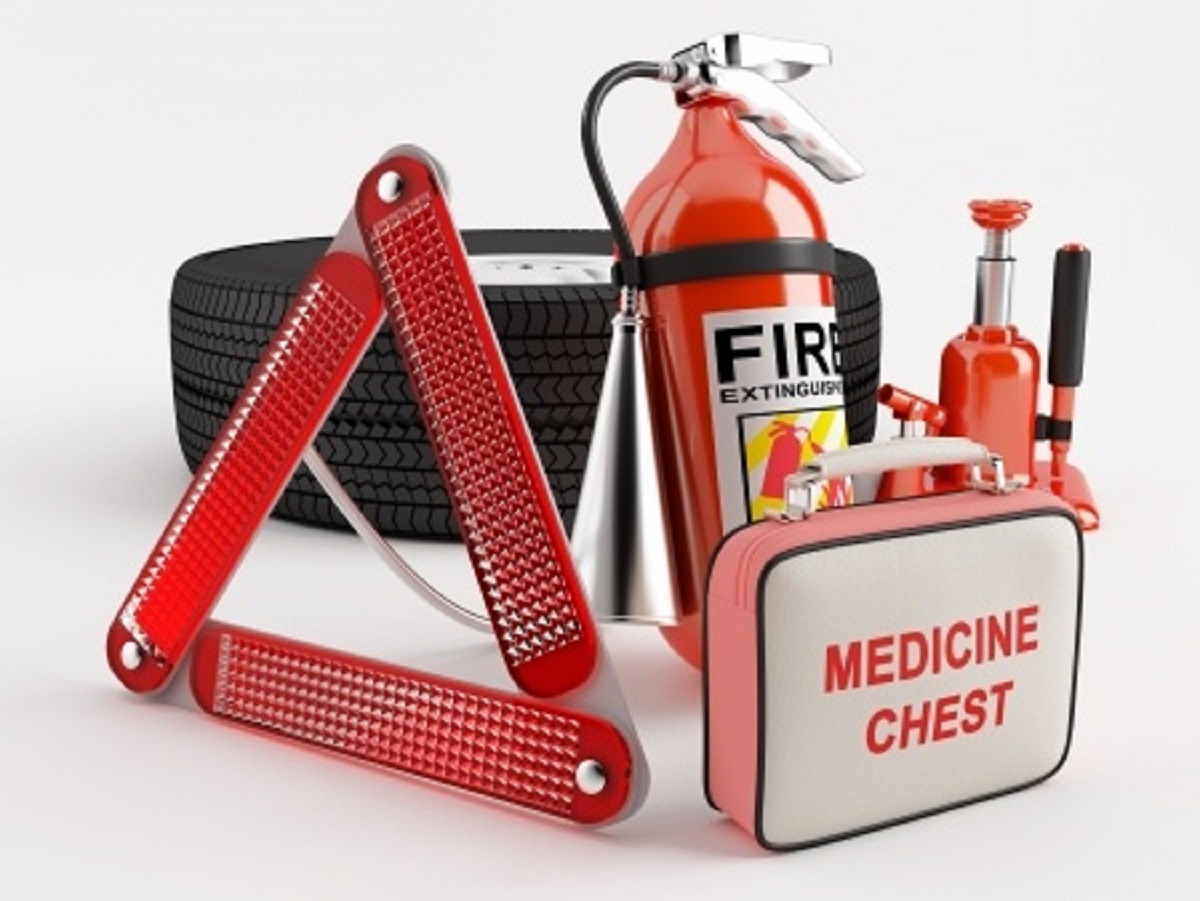Because a breakdown can happen anywhere at any time, it’s good for drivers to always be prepared for such instances. Just as you should have the equipment necessary for changing a tire in a car at all times, you should always have a roadside emergency kit as well. If you don’t know where to start with getting a kit going, follow the guide below closely and you’ll know just what to do.
Pre-made vs. Homemade Emergency Kits
While pre-made emergency kits for cars are great places to start, there are some added benefits to putting one together yourself, including the following:
- You can tailor it for your area’s weather: For places like Florida or Minnesota, you may not need certain items found in pre-made kits, such as an ice scraper or fan respectively, so they can be added or subtracted from the list of things you’ll need while traveling.
- You can include items suited for your family: For families with pets or kids, items like dehydrated food, dogfood, or diapers can be added.
- You can create back-up kits: Rather than shelling out more money on multiple pre-made kits, build several homemade ones or store extra supplies.
The likely greatest benefit of making your own car emergency kit is that you know precisely what’s in it, given you bought everything and packed it in.
What to Include in Emergency Kits
While no one homemade kit will look the same, considering individual needs and different climates, there are a few standard items essential for creating a quality kit, some of which include the following:
- First-aid kit—band-aids, antiseptic, hand sanitizer, antibiotic ointment, aspirin or ibuprofen, bug spray, gauze pads, cotton balls, tweezers, Ace bandages, or bandana.
- Fire extinguisher (that can be stored easily)
- Road flares (if not in tire-changing gear)
- Jumper cables
- Tarp
- Rain ponchos
- Flashlight
- Extra batteries
- Duct tape
- Rags
- Baby wipes (scent-free)
- Multipurpose tool
- Drinking water
- Nonperishable snacks
- Optional items—ice scraper, collapsible shuttle, cat litter, blankets or warm clothing, or small, battery-operated fan
It also wouldn’t hurt to have extra fluids like antifreeze, brake fluid, and oil, especially if the vehicle is older. Then again, if you check fluids regularly, these items shouldn’t be necessary.
Packing an Emergency Kit
Once you have the contents for your emergency kit, it’s time to pack them up and turn them into an actual, well-organized assistance kit. A clear, plastic container that has a secure lid should work, and you should place the items inside neatly, preferably in one layer so everything is easy to grab. With the items organized, write down a list and stick it to the container’s exterior. Also, make sure you replace items that either expire or get used up.
The trunk is typically the ideal place for keeping an emergency kit, but for truck drivers, bungee cords can be used for securing kits to keep them from sliding around and opening. If a vehicle has limited space in general, reduce the kit to the basics, including a first-aid kit, multipurpose tool, flashlight, jumper cables, bottled water, and road flares.
Think you or someone you know is in need of Behind the Wheel Training? Training Wheels is an Atlantic City driving school specializing in teaching new teen drivers how to stay safe on the road. For more information on our lessons, please click here.
Copyright: saracin / 123RF Stock Photo

